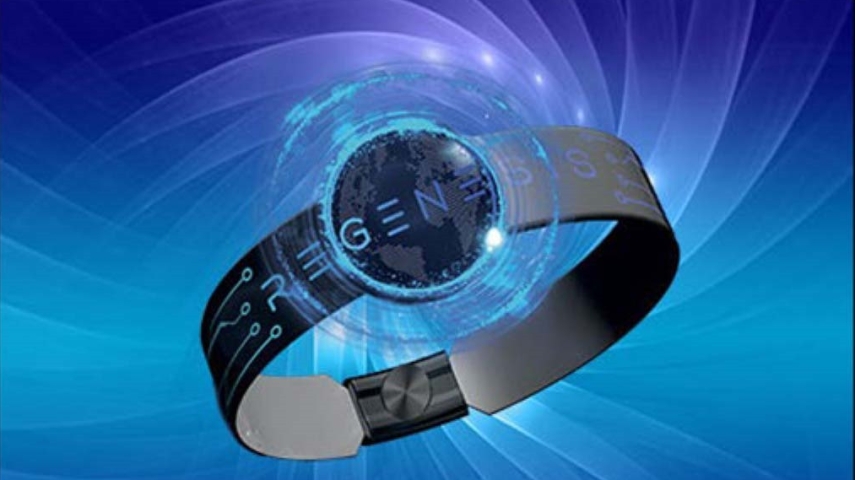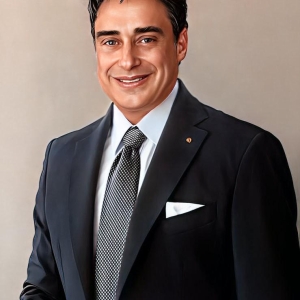
As a professor deeply immersed in the intersections of chemistry, physics, and medicine, I find the world of quantum dots to be a fascinating frontier in medical science. The recent Nobel Prize in Chemistry, awarded to Moungi G. Bawendi of MIT, Louis E. Brus of Columbia University, and Alexei I. Ekimov of Nanocrystals Technology Inc., for their groundbreaking work in this field, is a testament to the potential of these tiny particles in revolutionizing patient care.
Quantum dots, small semiconductor particles with unique optical and electrical properties, have emerged as a beacon of innovation in medical diagnostics and drug delivery. These nanocrystals, composed of materials like cadmium selenide or indium phosphide, emit specific wavelengths of light when energized. This feature allows for the creation of highly sensitive and specific imaging probes, crucial for early disease diagnosis and improving patient outcomes.
In drug delivery, the compact size and customizable surface chemistry of quantum dots are game-changers. They can encapsulate medication and genes, and when coupled with targeting ligands, can deliver drugs directly to diseased cells, minimizing side effects and enhancing treatment efficacy. Their optical properties also enable real-time monitoring of drug release, paving the way for personalized treatment regimens.
During an enlightening visit to Sweden, I had the privilege of learning about the applications of quantum dots in a unique context. In a conversation with researcher Dario Spera, who has dedicated over 17 years to developing Holographic Information Transfer (H.I.T.) technology, I witnessed an extraordinary demonstration of this technology's potential beyond the medical field.
At a dinner in Stockholm, Dario used a device incorporating quantum dots to alter the oxidation state of wine, mimicking hours of decanting in minutes. This instance was a practical demonstration of how quantum dots can selectively interact with molecules, showcasing their broader implications.
Moreover, quantum dots have shown remarkable results in treating diseases like malaria. For example, a quantum dot-based wristband or skin patch, when applied near the liver, has demonstrated a 99% success rate in treating malaria within a week. This device operates through ion exchange and electromagnetic field generation, specifically targeting the Plasmodium parasite responsible for malaria. The selective oxidation effect disrupts the parasite's life cycle without harming the human host.
Dario Spera's work extends to enhancing the properties of molecules, compost, and supplements, illustrating the versatile applications of quantum dot technology. The upcoming Regenesis©️ bracelet, integrated with H.I.T. technology, exemplifies this versatility. This device, connecting to a smartphone, can influence various physiological processes, including collagen formation and heart rate regulation.
The implications of quantum dots in medicine are vast and varied. From early disease detection and targeted drug delivery to innovative treatments for complex diseases, these nanoparticles hold the promise of a new era in medical science. The ongoing research and development in this field are not just a leap in quantum physics but a giant leap forward in revolutionizing healthcare.

